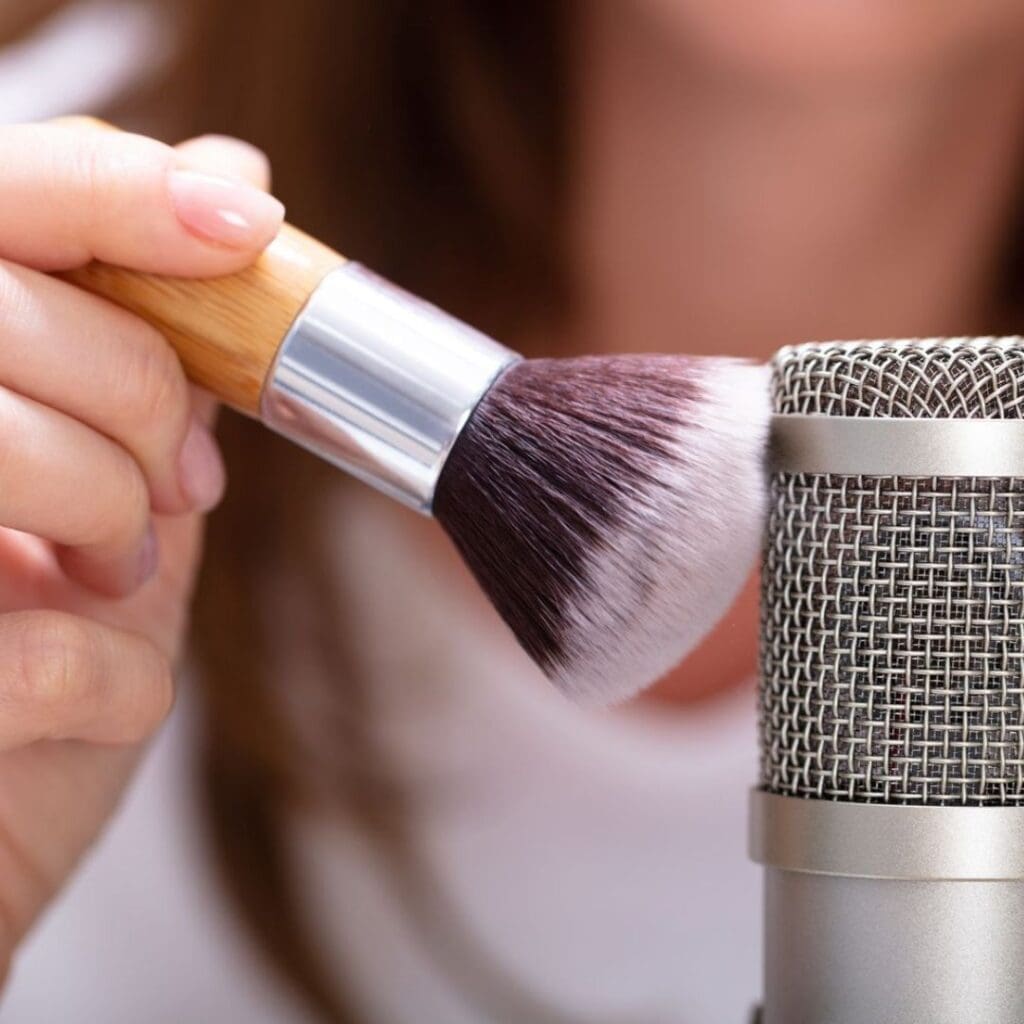

In recent years, an intriguing phenomenon has piqued the interest of millions of internet users across the world and searches for Autonomous Sensory Meridian Response, or ASMR, are on the rise. While there is a lot about it that remains to be discovered, understanding how ASMR functions and what triggers it has led to interesting insights when it comes to its potential benefits.
ASMR stands for Autonomous Sensory Meridian Response. Very simply put, it’s a tingling sensation some people get in response to certain sounds or sights, like whispering, tapping or typing. While not everyone can experience it, some people find it relaxing and use it to help relieve stress or even to fall asleep.
The term Autonomous Sensory Meridian Response (ASMR) was coined by Jeniffer Allen – a woman working in cyber security – in 2010. In her early twenties, she experienced a strange sensation which she couldn’t find any explanations for. More than a decade later, she stumbled on an online forum on steadyhealth.com, titled Weird sensation feels good. She found that many users on the forum described a similar experience. Finally, Allen coined the nonclinical term, opening discussions around the topic.
While it is an ongoing area of research, studies have reported that one in five people can experience ASMR. Some people are more sensitive to it than others and everyone experiences it differently. Furthermore, scientists suspect that it has something to do with how the brain releases feel-good chemicals (endorphins) as a reaction to certain triggers. It has commonly been described as a tingling feeling that starts in the head and trickles down the neck and spine – making one feel happy and relaxed.

Generally, ASMR can be triggered either through visual or auditory stimuli, but specific triggers differ from person to person. Common auditory triggers include whispering, speaking very gently, sounds of nature (like rustling leaves or rainfall), tapping or scratching sounds, typing sounds, brushing or touching sounds, and rustling sounds like paper being crushed. Visual triggers could include someone making slow and deliberate movements, repetitive actions like folding piles of laundry, watching someone perform a task that requires great skill and precision (like folding intricate origami), or role-playing scenarios where tasks are performed gently, like cutting hair.
For those who experience it, ASMR has been reported to provide a number of potential benefits.
Relaxation: ASMR can cultivate a sense of calm, which can help people unwind and, subsequently, alleviate stress.
Mood enhancer: Because of the pleasurable sensations that are associated with ASMR, it can contribute to a positive mood and general feelings of well-being.
Increase focus: Some people use ASMR to assist them with their focus and concentration, especially when a task they need to perform requires mental clarity.
Improved sleep: The soothing environment that ASMR can create might help individuals fall asleep more peacefully.
Creating a sense of community: For those who actively engage with ASMR, finding individuals who share similar experiences to them can provide support and understanding.
Sources: www.asmruniversity.com | www.graziadaily.co.uk |www.usatoday.com | www.sleepfoundation.org | www.science.howstuffworks.com
For more wellness-related stories, click here.
Read our editor’s blog here.
Subscribe to our weekly newsletter here.
Stay up-to-date on the hottest, hippest and most happening things to do in Mzansi!
